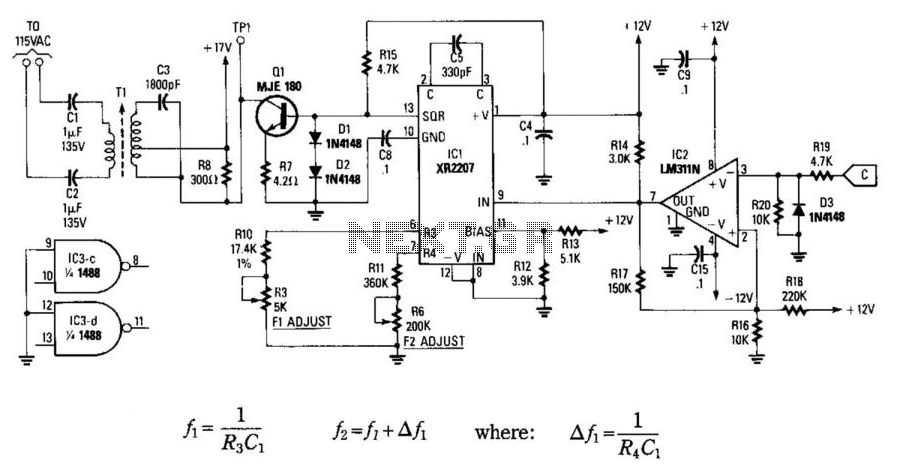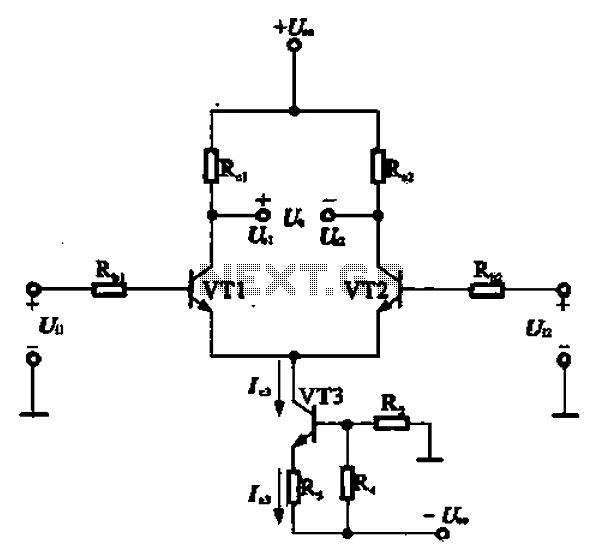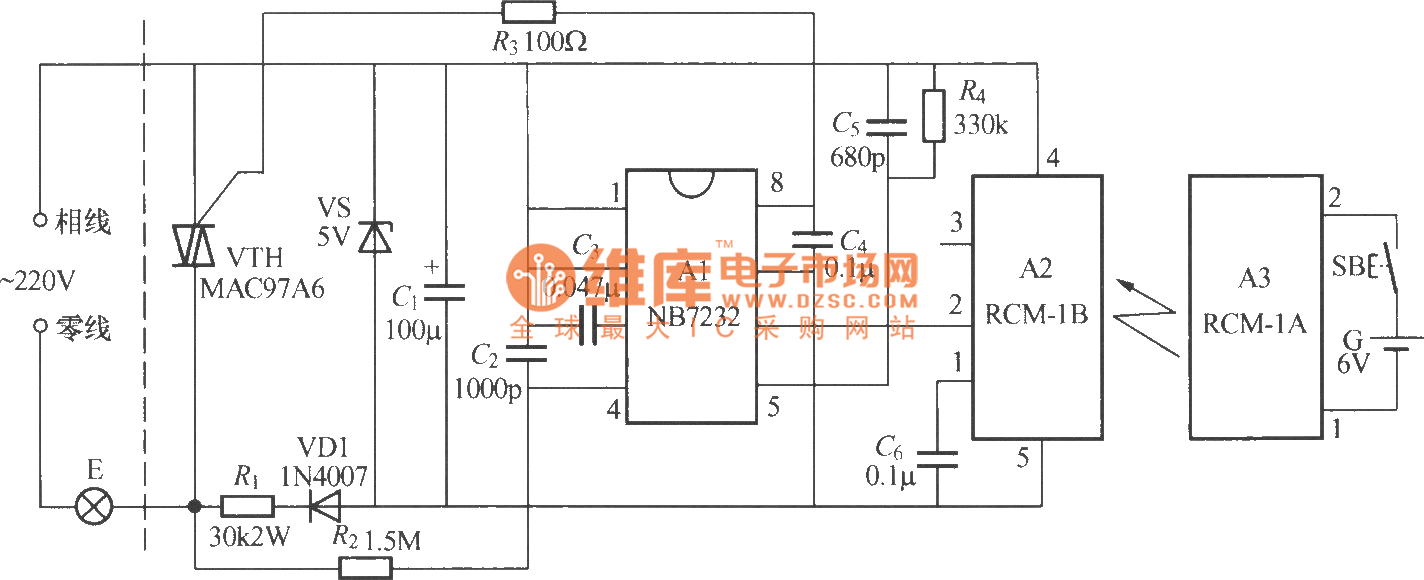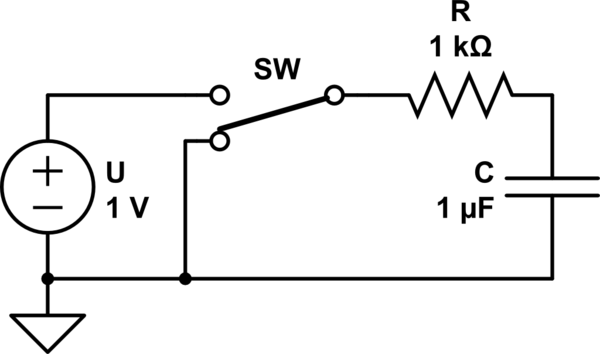
Remote rf current readout
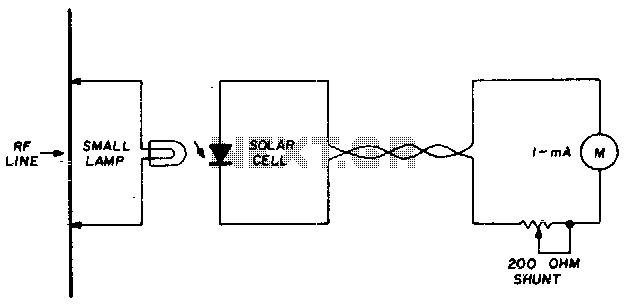
A suitable pilot lamp is illuminated by a small sample of RF energy and energizes an inexpensive solar cell; the DC current generated by the cell serves as a measure of relative RF power and may be routed to a low-current meter located at any convenient point. A sensitive, low-current pilot lamp is desirable to minimize disturbance to normal RF circuit conditions. The 48 or 49, 60 mA lamp is suitable for use with transmitters above 1-watt output.
The described circuit utilizes a pilot lamp in conjunction with a solar cell to provide a visual indication of RF power levels. The pilot lamp is illuminated by a small fraction of the RF energy generated by the transmitter, which is sampled and converted into a usable form. This RF energy is captured by the solar cell, which generates a direct current (DC) output proportional to the intensity of the RF signal. The DC current can then be directed to a low-current meter for measurement purposes.
In practical applications, the pilot lamp should have a low current draw to prevent interference with the RF circuit's operation. The specified 48 or 49, 60 mA lamp is designed for use with transmitters that have an output power exceeding 1 watt, making it suitable for various RF applications. The circuit's design ensures that the pilot lamp provides adequate illumination without significantly affecting the RF environment, thereby allowing for accurate power level readings without introducing excessive load.
The integration of a solar cell in this circuit not only serves to energize the pilot lamp but also contributes to the overall efficiency and simplicity of the design. This approach eliminates the need for additional power sources, making the system more compact and easier to implement in various RF setups. The low-current meter can be positioned at any convenient location, facilitating easy monitoring of RF power levels in different configurations.
Overall, this circuit design is an effective solution for visual RF power indication, leveraging the properties of RF energy and solar cells to achieve reliable performance in RF transmission systems.A suitable pilot larnp is illuminated by a small sample of rf and energizes an inexpensive solar cell; the dc current generated by the cell is a measure of relative rf power, and may be routed to a low-current meter located at any convenient point. A sensitive, low-current pilot lamp is desirable to cause minimum disturbance to normal rf circuit conditions
The number 48 or 49, 60 mA lamp is suitable for use with transmitters above 1-watt output.
The described circuit utilizes a pilot lamp in conjunction with a solar cell to provide a visual indication of RF power levels. The pilot lamp is illuminated by a small fraction of the RF energy generated by the transmitter, which is sampled and converted into a usable form. This RF energy is captured by the solar cell, which generates a direct current (DC) output proportional to the intensity of the RF signal. The DC current can then be directed to a low-current meter for measurement purposes.
In practical applications, the pilot lamp should have a low current draw to prevent interference with the RF circuit's operation. The specified 48 or 49, 60 mA lamp is designed for use with transmitters that have an output power exceeding 1 watt, making it suitable for various RF applications. The circuit's design ensures that the pilot lamp provides adequate illumination without significantly affecting the RF environment, thereby allowing for accurate power level readings without introducing excessive load.
The integration of a solar cell in this circuit not only serves to energize the pilot lamp but also contributes to the overall efficiency and simplicity of the design. This approach eliminates the need for additional power sources, making the system more compact and easier to implement in various RF setups. The low-current meter can be positioned at any convenient location, facilitating easy monitoring of RF power levels in different configurations.
Overall, this circuit design is an effective solution for visual RF power indication, leveraging the properties of RF energy and solar cells to achieve reliable performance in RF transmission systems.A suitable pilot larnp is illuminated by a small sample of rf and energizes an inexpensive solar cell; the dc current generated by the cell is a measure of relative rf power, and may be routed to a low-current meter located at any convenient point. A sensitive, low-current pilot lamp is desirable to cause minimum disturbance to normal rf circuit conditions
The number 48 or 49, 60 mA lamp is suitable for use with transmitters above 1-watt output.
